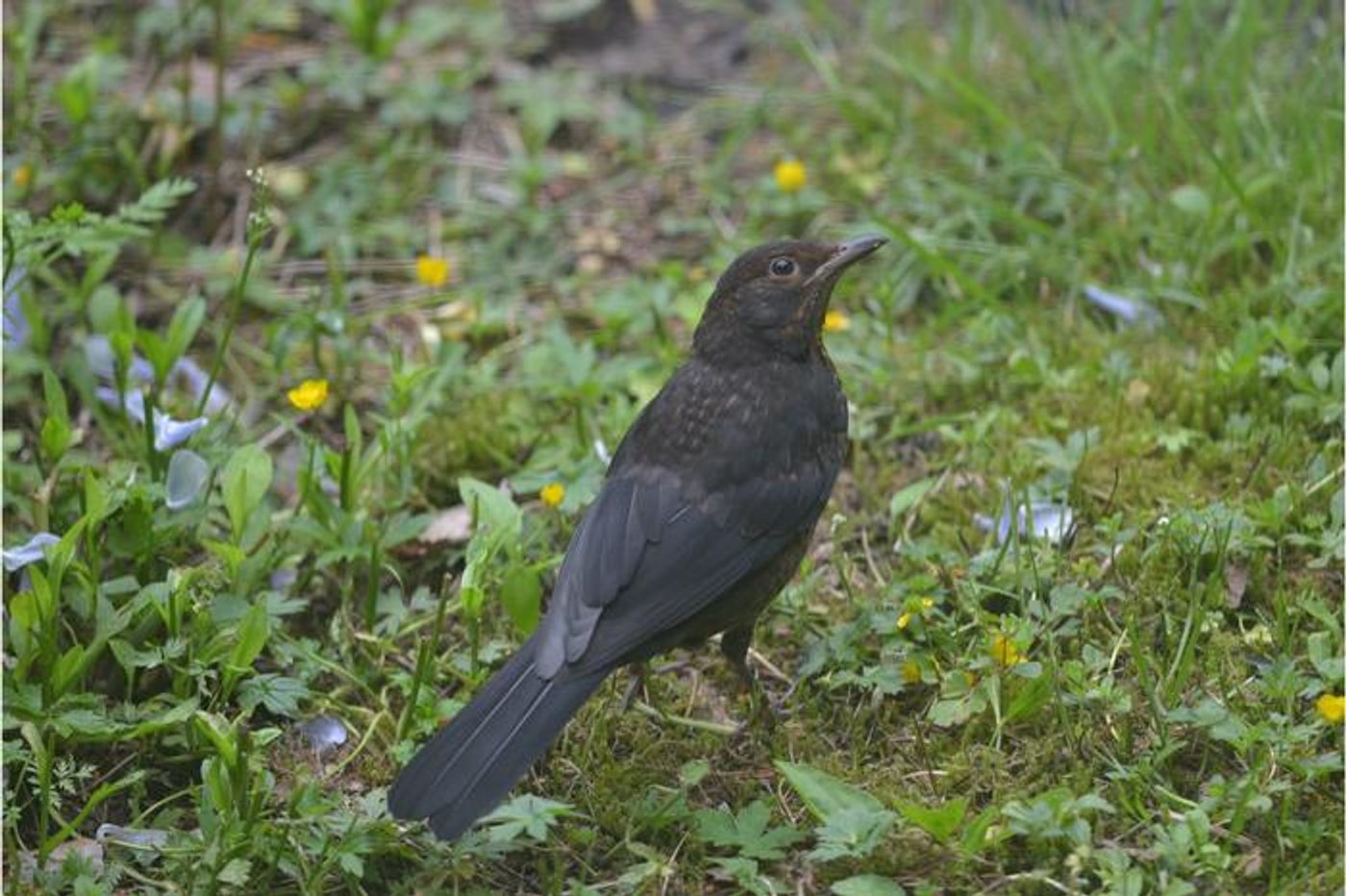Climate Change and Pathogens: Implications for Birds and Bats in Europe
A recent study published in Ecography examines how climate change could impact how birds and bats could become more prevalent to the same viruses and bacteria that humans and domestic animals experience. This study was led by the University of Helsinki in Finland and holds the potential to help scientists better understand both the short- and long-term climate change impacts on wildlife.
Image of a blackbird, whose species if frequently known to carry ticks and a small number of birds can become hosts to diseases such as Lyme disease, though Lyme disease was not mentioned in the study. (Credit: Aleksi Lehikoinen)
"In general, the occurrence of pathogenic bacteria increased in areas with a warm and dry climate. On the other hand, pathogenic viruses prefer moist climate", said Dr. Yanjie Xu, who is a postdoctoral researcher at the University of Helsinki and lead author of the study.
For the study, the researchers conducted a massive data analysis across Europe comprised of more than 700 research papers, 121 pathogenic microbes among 376 bird species and 39 bat species, and 11,939 observations from more than 450,000 people across Europe and its surrounding regions. Using this data, they successfully modeled a link between climate change and the occurrence of 75 pathogenic microbes, including 17 of the most-studied microbes. In the end, they discovered that the occurrence of most of the pathogenic bacteria analyzed for the study was linked with rainfall or temperature.
"Temperature was positively associated with occurrence of avian flu virus, malaria -parasite, and bacteria that cause chlamydia, salmonella, Q-fever and typhus in birds and bats", said Dr. Arto Pulliainen, who is a lecturer at the University of Turku Institute of Biomedicine and a co-author on the study.
Along with temperature the researchers found that increased rainfall resulted in the increased likelihood of salmonella bacteria, Sindbis-, Usutu-, and avia flu viruses. What’s most alarming is a number of these bacteria and viruses have long been known to be associated with human health, but this new study highlights how these same pathogens are impacting the health of wild animals. The researchers hypothesize this study strengthens the notion that climate change can adversely impact health, specifically pertaining to allowing a host to become more susceptible to diseases.
"There is a possibility that for instance thermophilic [high temperature-loving] pathogens become more common in northern Europe as a cause of climate change", said Dr. Aleksi Lehikoinen, who is a curator from the Finnish Museum of Natural History and a co-author on the study.
How will climate change continue to impact the health of wild animals in the coming years and decades? Only time will tell, and this is why we science!
As always, keep doing science & keep looking up!
Sources: Ecography, EurekAlert!, University of Helsinki, Centers for Disease Control and Prevention, Centers for Disease Control and Prevention (1), Centers for Disease Control and Prevention (2), Centers for Disease Control and Prevention (3), Centers for Disease Control and Prevention (4), Centers for Disease Control and Prevention (5), Centers for Disease Control and Prevention (6), European Center for Disease Control and Prevention, Garden Wildlife Health, Wikipedia









